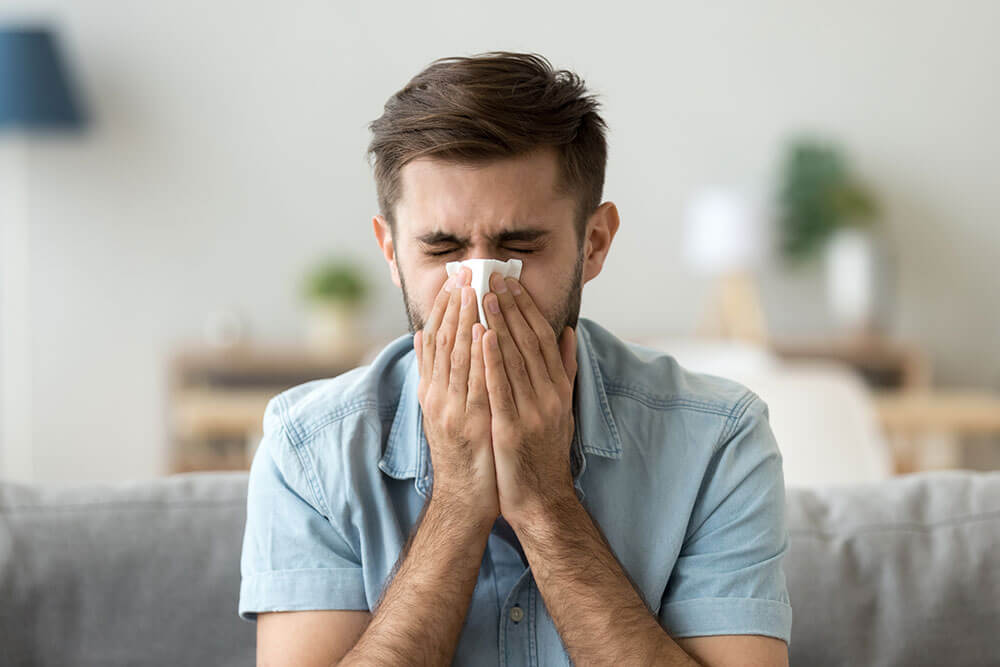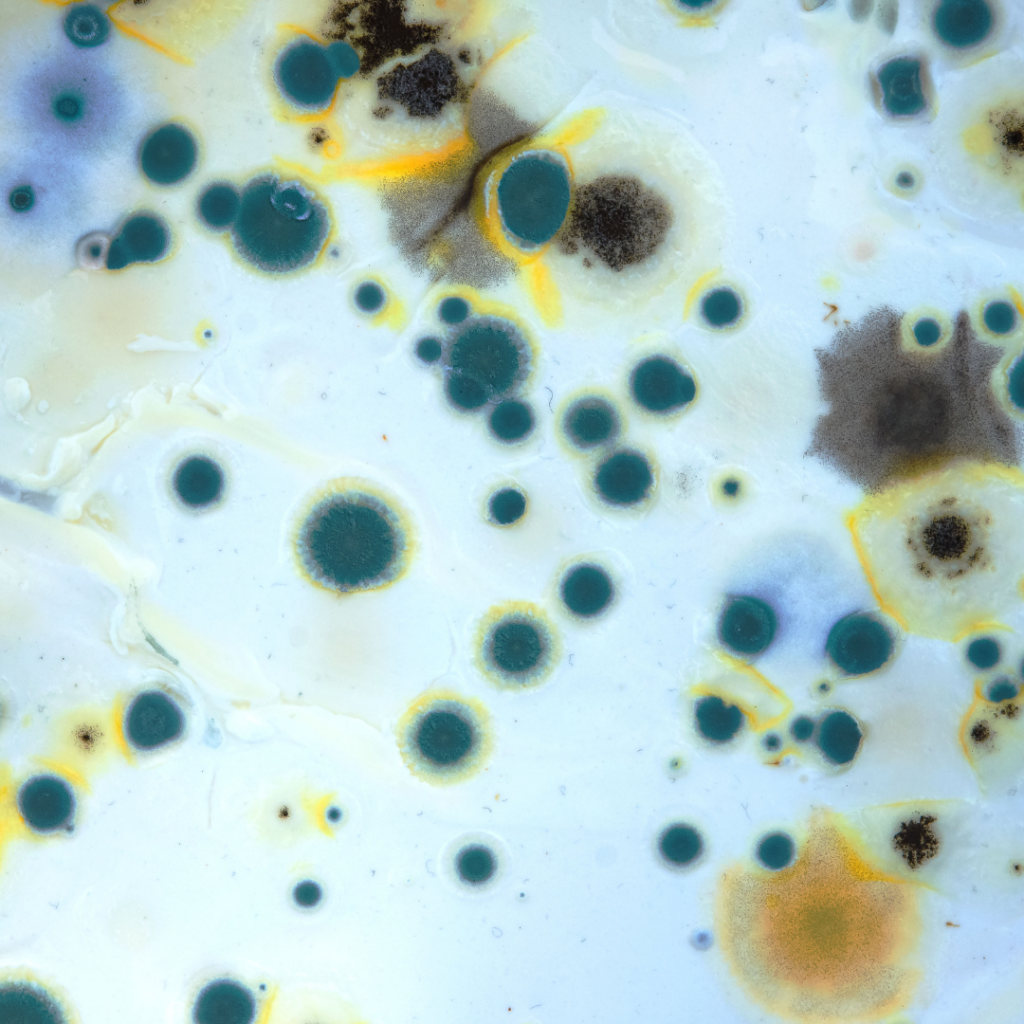
As allergy season approaches, many people brace themselves for months of sneezing, congestion, and itchy eyes. While outdoor allergens like pollen often get the blame, indoor air quality plays a major role in worsening seasonal allergies. Mold spores, volatile organic compounds (VOCs), and other airborne particles can trigger or intensify symptoms, making it essential to create a clean and allergen-free home environment.
How Mold Spores Affect Allergies
Mold is one of the biggest culprits when it comes to indoor allergens. Unlike pollen, which comes and goes with the seasons, mold thrives year-round in damp environments. When mold spores become airborne, they can irritate the respiratory system, causing symptoms similar to seasonal allergies, such as:
- Nasal congestion
- Sneezing and coughing
- Itchy or watery eyes
- Wheezing or shortness of breath
Mold is particularly harmful for individuals with asthma or existing respiratory conditions. Exposure can lead to chronic inflammation and even long-term health complications.
Common Sources of Indoor Mold
Mold spores flourish in warm, humid areas of the home. Some of the most common problem spots include:
- Bathrooms: Poor ventilation and lingering moisture create the perfect breeding ground for mold.
- Basements and crawl spaces: Damp, dark conditions make these areas highly susceptible to mold growth.
- HVAC systems: If mold gets into your air ducts, it can spread throughout your home.
- Kitchen sinks and refrigerators: Leaky pipes and condensation contribute to mold problems.
Preventing Mold Growth Indoors
Reducing indoor mold is one of the most effective ways to improve air quality and minimize allergy symptoms. Here are some key steps to prevent mold growth:
- Control humidity levels: Use a dehumidifier to keep indoor humidity between 30-50%.
- Improve ventilation: Use exhaust fans in bathrooms and kitchens to reduce moisture buildup.
- Fix leaks promptly: Repair any plumbing leaks to prevent water accumulation.
- Clean regularly: Use mold-resistant cleaning solutions in damp areas and clean your HVAC system regularly.
- Invest in an air purifier: HEPA filters can capture mold spores before they circulate in the air.
For more in-depth guidance on preventing household mold, check out this EPA guide on mold prevention.

VOCs and Their Role in Allergies
In addition to mold spores, volatile organic compounds (VOCs) can contribute to poor indoor air quality and worsen allergy symptoms. VOCs are chemicals released from household products such as paints, cleaning supplies, and air fresheners. When inhaled, they can cause respiratory irritation, headaches, and even exacerbate allergic reactions.
To reduce VOC exposure:
- Opt for low-VOC or VOC-free household products.
- Increase ventilation when using paints or cleaners.
- Avoid artificial air fresheners, which often contain high levels of VOCs.
Creating an Allergy-Friendly Home
Improving indoor air quality is a crucial step in preparing for allergy season. By controlling mold growth, reducing VOC exposure, and maintaining clean air circulation, you can create a healthier home environment and alleviate seasonal allergy symptoms.
